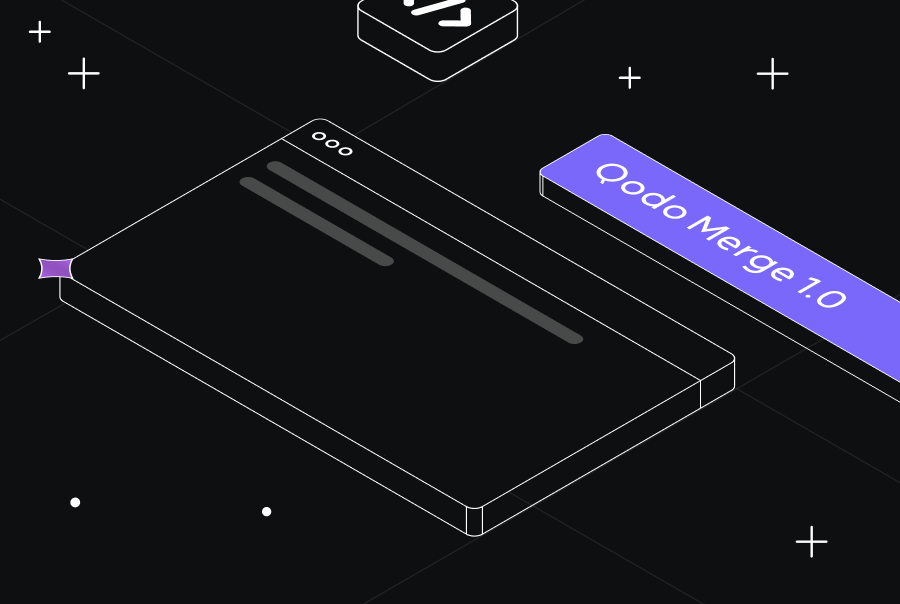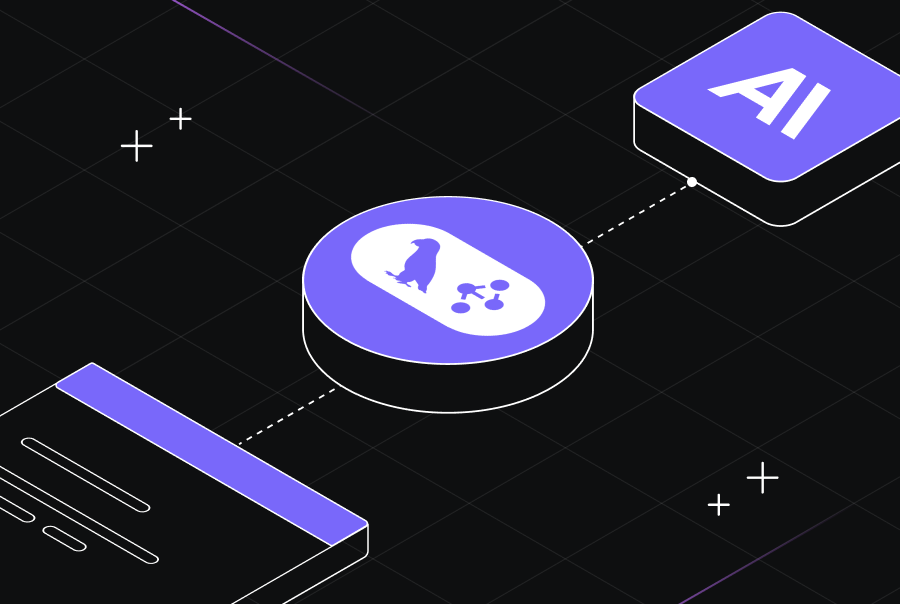How AI Code Reviews Ensure Compliance and Enforce Coding Standards
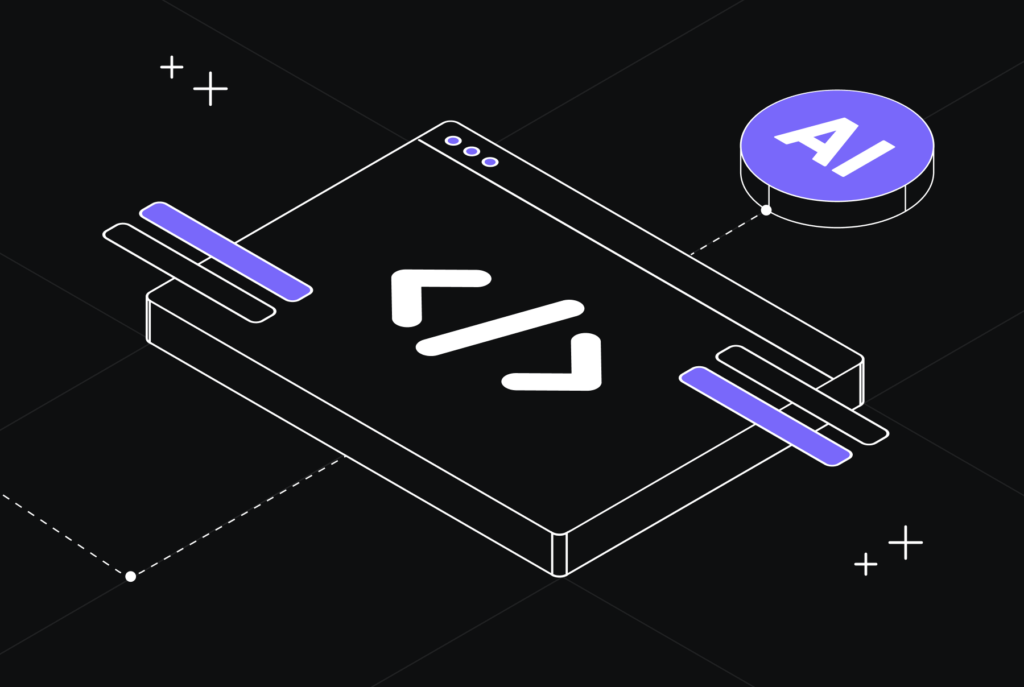

In today’s fast-paced software development landscape, the need for precise, efficient, and reliable code reviews has never been more critical. Code reviews play an essential role in ensuring compliance with security, legal, and regulatory standards and coding best practices to build robust solutions.
As a result, the adoption of AI in software development is accelerating. In the United States alone, a staggering 92% of developers now integrate AI-based tools into their workflows. Similarly, code review mechanisms and tools are also evolving beyond the conventional approaches with the use of AI, providing automated code reviews and compliance assurance as they focus more on innovative development.
What is an AI Powered Code Review?
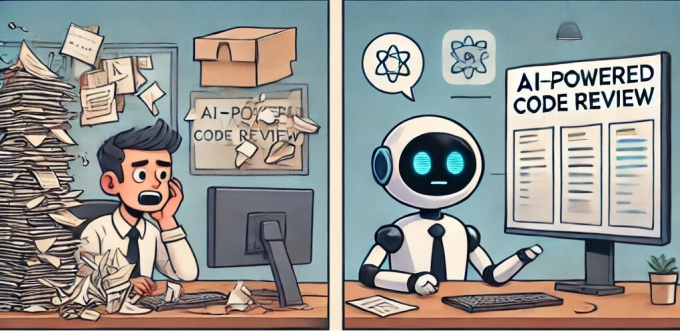
Traditional code reviews happen mostly through manual reviews by the developer themself or via peer reviews where fellow developers analyze the code. It’s a time-consuming process that is prone to human error and bias. In comparison, AI-powered code reviews utilize machine learning models and NLP techniques to automatically scan the codebase to detect issues.
An AI-powered code review process has three key steps.
- Code analysis: The source code is scanned thoroughly for issues to ensure that the structural foundation of the code is sound.
- Pattern recognition: Advanced algorithms and techniques, specifically NLP, are used to identify the intent behind the code, detect patterns and anti-patterns, and learn from the historical data from previously analyzed codebases.
- Recommendation generation: Provide context-aware, tailored recommendations for fixes, improvements, and optimizations to address the identified issues.
Various AI-based code review tools are available on the market, including popular choices such as Codacy, Code Climate, AWS CodeGuru, PullRequest, and DeepCode.
Benefits of AI Code Reviews
The capabilities of AI code review tools extend from simply identifying syntax errors to detecting misalignment with coding standards, potential security vulnerabilities, and consistency issues. They also eliminate the common drawbacks in conventional code review practices and provide a wide range of added advantages.
- Efficiency: Code reviews can sometimes take more time than the implementation itself. AI-based code review automates repetitive tasks and analyzes thousands of code lines within minutes, significantly reducing the time spent on manual inspection.
- Availability: Manual code reviews can take from hours to days based on the amount of code changes and the reviewer’s availability. However, high-speed code reviews performed with AI tools provide instant feedback with actionable fixes for identified issues.
- Improved accuracy: Reduces the risk of human errors from the tedious review process. It also eliminates the chance for bias and reviewer’s preferences on coding standards, improving the overall consistency of the codebase.
- Quality and security: AI tools detect errors, vulnerabilities, and common security risks such as hardcoded credentials. In addition, they identify issues like code smells and duplicates that compromise the code quality.
- CI/CD integration: Most AI review tools integrate flawlessly with the CI/CD pipeline and provide continuous feedback when developers push updated code into Git repositories. AI tools learn through every review, identify patterns, and provide the best suggestions for the scenario.
How AI Code Reviews Ensure Compliance
In software development, compliance is more than just a legal obligation; it’s a critical component of maintaining customer trust and protecting sensitive data. Various legal, regulatory, and industry-specific standards, such as GDPR, govern how software systems should be developed, deployed, and maintained.
By using AI for code reviews, developers can spend less time worrying about compliance and more time focusing on creating great software.
- Early detection of security vulnerabilities: AI tools such as AWS CodeGuru are capable of actively identifying security loopholes that can be exploited by parties with malicious intent. For example, some common security issues include hardcoded credentials, insecure API calls, and space for SQL injection. Developers can get additional assurance on how robust their application security is by conducting regular and thorough AI code reviews.
- Regulatory benchmarking: AI tools can compare the source code against regulatory standards such as OWASP and PCI DSS to identify non-compliance and flag the deviations to ensure that the codebase complies with industrial benchmarks.

- Audit logs and traceability: The comprehensive logs generated by AI review tools, detailing every change and non-compliance flag, are important assets when it comes to compliance assurance. Their high accuracy and informational value provide transparency and act as proof of compliance during audits.
- Continuous monitoring: Deploying a software product is not a one-time task. It is a continuous process of constant improvements, changes, and patches, necessitating code reviews with each update to ensure the codebase always stays compliant. AI tools can check compliance continuously and effortlessly in real time, identifying risks and emerging vulnerabilities in the long run.
A single mistake is all it takes for your customers to lose faith in your product. Therefore, compliance is essential to stay ahead of the competition and minimize the resources spent on fixes after a failure occurs.
Especially in this modern, data-driven world, AI code testers provide a shield to guard your software system against the potential threats of data breaches, financial penalties, legal consequences, and reputational damage.
How AI Code Reviews Enforce Coding Standards
If you want the applications built in your organization to have a clean, highly maintainable, and consistent source code, enforcing coding standards is paramount.
Coding standards are a set of rules and best practices that clearly communicate the standards and quality expected from every single line of code to the entire development team. Here, AI review tools also play a key role by automating the tedious manual review processes with a much faster and highly accurate approach.
1. Enforcing Coding Style Guides
Coding style guides focus on readability and code aesthetics, such as proper and uniform indentation, consistent naming conventions, and placing of braces or semicolons. As an example, AI tools can flag deviations and suggest improvements by using the PEP 8 style guide for Python projects.
2. Linting and Static Code analysis
AI review tools use linting to find issues such as redundant imports, unused variables, and improper coding structure, facilitating the developers to improve the code quality early on. For instance, tools like Codacy use ESLint for JavaScript, CSSLint for CSS, and Pylint for Python and flag code snippets that do not adhere to the coding standards of the relevant programming language.
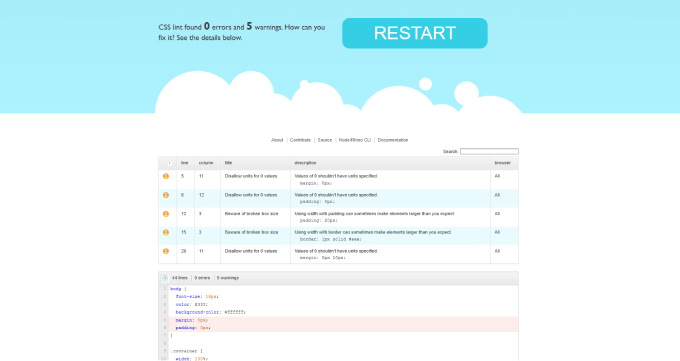
3. Customized rulesets
Apart from the general coding standards and guidelines of the programming language, the majority of AI tools provide the capability to add a customized ruleset that suits your own project. The seamless integration of custom rules into the review process ensures that even the niche requirements are consistently met.
4. Performance optimization
Apart from style enforcement, AI reviews can scan the code for inefficient coding patterns and recommend necessary optimizations. An added advantage is how AI tools learn from historical data and refine these recommendations with enhanced context awareness.
In a Nutshell
AI-powered code reviews are transforming the software development landscape, where code quality is of utmost importance. These tools help organizations automate tedious manual reviews, streamline workflows, and mitigate errors to deliver high-quality products. AI tools are especially valuable when it comes to enforcing coding standards and ensuring compliance to develop robust solutions that keep up with pressing demands and competition.

